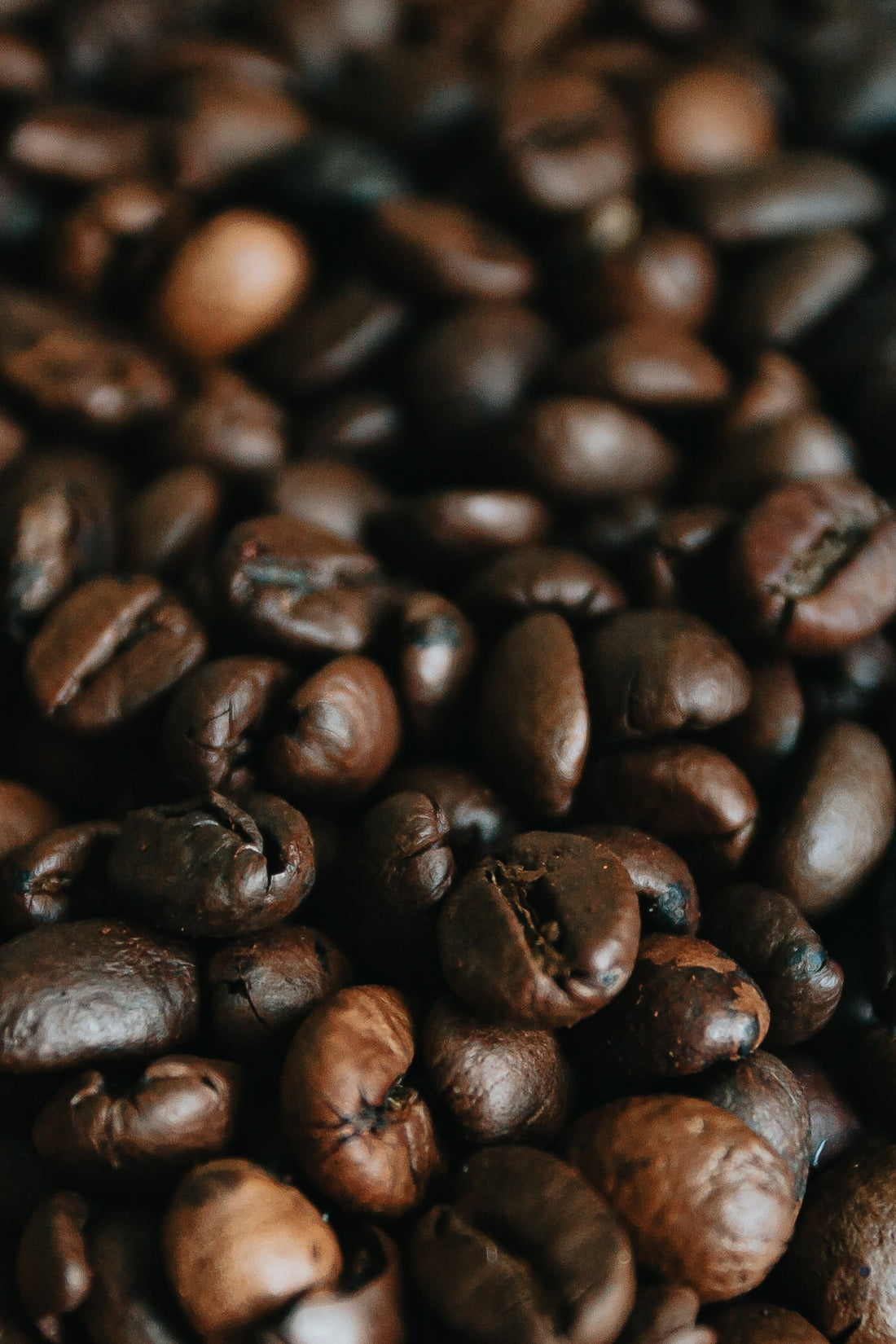If you've ever wondered about the fascinating process behind your favourite morning beverage, you're not alone! Here's a detailed and easy-to-understand FAQ about how coffee is made, from the farm to your cup.
What is the coffee production process?
The coffee production process involves several key steps, from growing the coffee plant to brewing a perfect cup. It begins with coffee cherries grown on farms, moves through harvesting, processing, drying, milling, roasting, grinding, and finally brewing. Each step plays an essential role in creating the flavours and aromas you love.
Where does coffee come from?
Coffee is made from the seeds of coffee cherries, which grow on coffee plants. These plants thrive in tropical regions, known as the "Coffee Belt," which includes countries like Brazil, Ethiopia, Colombia, and Vietnam. The coffee cherries are harvested when ripe and processed to extract the seeds we know as coffee beans.
How is coffee processed after it's harvested?
After harvesting, coffee is processed to remove the outer layers of the cherry. There are two main methods of processing:
- Dry Processing: The cherries are dried whole under the sun before the beans are separated.
- Wet Processing: The cherries are pulped, fermented, and washed to remove the fruit pulp, leaving only the seed.
Both methods influence the coffee's flavour profile in different ways.
What is coffee roasting?
Coffee roasting is the process of heating green coffee beans to transform them into the aromatic, flavourful beans used to make coffee. Roasting happens at temperatures between 370°F and 540°F (188°C to 282°C) and typically involves three main stages:
- Drying the beans to remove moisture.
- Browning, where aroma and colour develop.
- First Crack, when the beans expand and release their rich coffee aroma.
The roast level—light, medium, or dark—affects the flavour, acidity, and body of the coffee.
Why is grinding coffee important?
Grinding coffee is a critical step because it determines how the water extracts the flavours from the beans during brewing. The grind size should match your brewing method:
- Coarse Grind: For methods like French press or cold brew.
- Medium Grind: Perfect for drip coffee makers.
- Fine Grind: Best for espresso machines.
Freshly ground coffee always delivers the best taste!
What are common methods of brewing coffee?
There are several popular ways to brew coffee, each producing a unique taste and texture:
- Drip Coffee Maker: Easy and reliable, great for everyday use.
- French Press: Creates a rich, strong flavour by steeping coffee grounds in water.
- Espresso Machine: Delivers concentrated coffee with a creamy crema on top.
- Pour-Over: Offers precise control over water flow for a clean, flavourful brew.
- Cold Brew: Steeps coffee grounds in cold water over several hours for a smooth and mellow taste.
Each method lets you enjoy coffee in a different way.
How does the coffee-making process affect flavour?
Every step in the coffee-making process—from how the beans are grown to how they're brewed—impacts the flavour. For example:
- Origin impacts taste, as soil, climate, and altitude influence coffee's natural notes.
- Roast Level determines the balance between acidity and sweetness.
- Brewing Method shapes the strength and body of your coffee.
Experimenting with these variables is part of the fun!
How do I brew the perfect cup of coffee at home?
To brew the perfect cup of coffee at home, follow these tips:
- Use fresh, high-quality coffee beans.
- Grind the beans just before brewing.
- Use clean, filtered water at the right temperature (195°F–205°F).
- Measure your coffee and water ratio. Practice until you find the right balance to suit your tastes.
- Choose the right brewing method for your taste preferences.
How is instant coffee made?
Instant coffee is made by brewing coffee and then dehydrating it into powder or granules. The two main methods are:
- Spray Drying: Liquid coffee is sprayed into hot air, where it quickly dries into powder.
- Freeze Drying: Coffee is frozen and broken into granules, then dried under low pressure.
Instant coffee is convenient, but it may lack the full flavour of freshly brewed coffee.
Why does fresh coffee taste better?
Fresh coffee tastes better because its natural oils and aromatic compounds haven't degraded due to oxidation. Once coffee is roasted, ground, or exposed to air, it begins to lose its vibrant flavours. Always store coffee in an airtight container to keep it fresh!
Can I grow coffee at home?
While it's possible to grow coffee plants at home, they require a warm climate, plenty of water, and careful attention. Coffee plants can take several years to mature and produce cherries. Growing coffee is a labour of love and not typically practical for everyday consumption, but it can be a rewarding hobby.
Is there a sustainable way to make coffee?
Yes! Supporting sustainable coffee production ensures fair treatment of farmers and minimizes environmental impact. Look for certifications like Fair Trade, Rainforest Alliance, or direct trade labels when choosing your coffee. Reducing waste by using reusable filters or composting coffee grounds is another great way to enjoy coffee sustainably.
Final Thoughts
Understanding how coffee is made can deepen your appreciation for every cup you enjoy. From the careful cultivation of coffee plants to the art of brewing, each step in the process is a labour of love that brings incredible flavour and aroma to your life. Whether you're a casual drinker or a coffee enthusiast, there's always more to learn—and more to savour!
